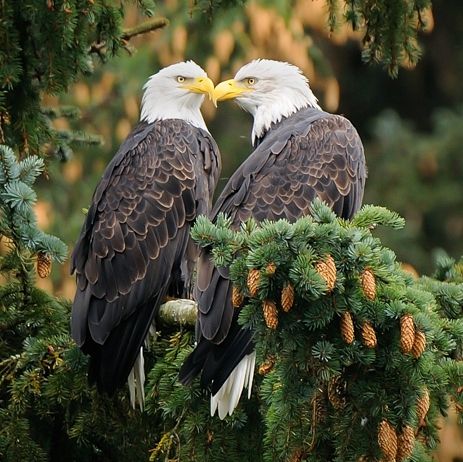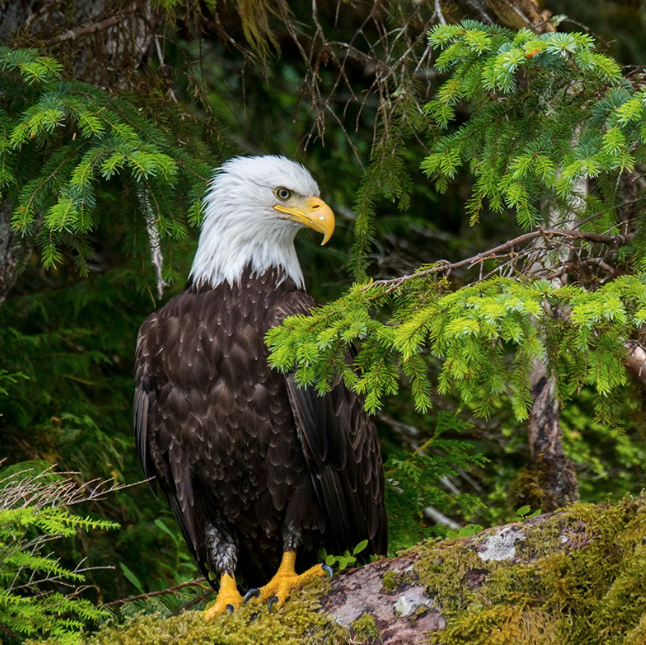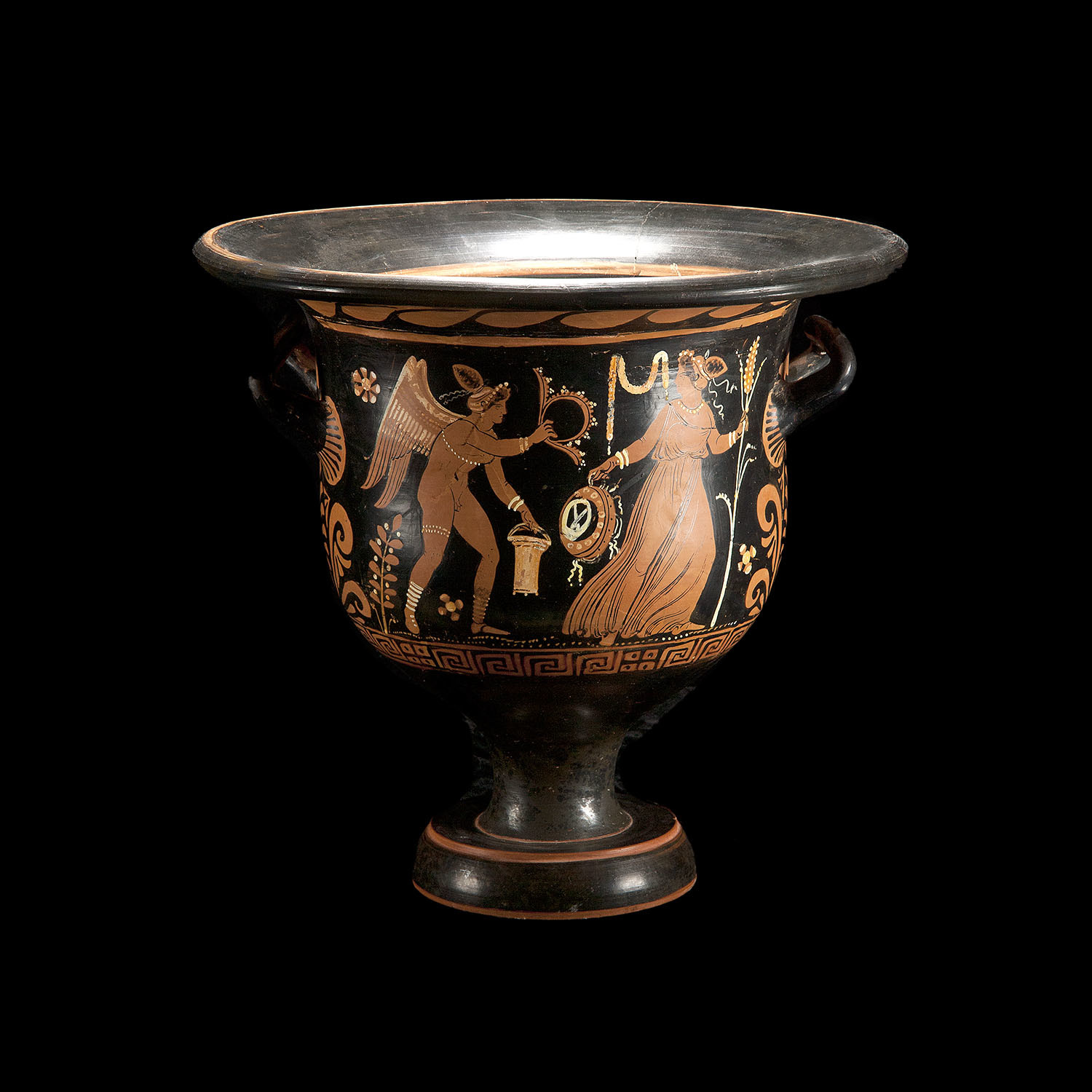We have one throne in heaven, the one who sits on it and the lamb standing in the center of it.
In the
Center of the Throne
“Then I saw a Lamb, looking as if it had been slain, standing in the center of the throne [of God].” - Rev. 5:6,
NIV.
Some imply that the slain Lamb (obviously the heavenly-resurrected Christ) must be God because he is in the middle of God’s throne in this verse.
There is never any doubt that the one
seated on God’s throne in Rev. 4 and 5 is God.
“They [the 24 elders] lay their crowns before the throne and say: ‘You are worthy, our Lord and God, to receive glory and honor and power, for you created all things.” - Rev. 4:10, 11
NASB.
But the Lamb is never called God, nor does he sit on the throne of God in these two chapters. He approaches God, and is clearly differentiated from God:
“To him who sits on the throne [God]
and to the Lamb, be blessing and honor and glory....” Rev. 5:13,
NASB.
So why is the Lamb standing in the center of the throne of God? Well here is how it reads in the original Greek: “And I saw in midst of the throne (
en meso tou thronou) ... lamb standing....” Thayer tells us of this NT Greek word
meso:
“in midst of, i.e. in the space within,
tou thronou [‘the throne’] (which must be conceived of as having a semicircular shape [c-shaped]: Rev. iv. 6; v. 6.”
Thayer continues with an explanation of Rev. 5:6 that
meso means
“
between the throne and the four living creatures and the elders (i.e. in the vacant space
between the throne and the living creatures [on one side] and elders [on the other side], accordingly nearest the throne.” - p. 402,
A Greek-English Lexicon of the New Testament, Baker Book House.
New Testament expert A. T. Robertson also takes this to mean “before” or in front of the throne. -
Word Pictures in the New Testament, Vol. vi, p. 328.
Accordingly, many modern translations use “between” here (rather than “in the center of”): “
between the throne and the four living creatures“-
RSV; The Jerusalem Bible; NASB; NAB (1970 ed.);
NRSV; The Amplified Bible (1965);
MLB (1969); Beck’s
The Holy Bible in the Language of Today (1976); C. B. Williams’
New Testament in the Language of the People (1963);
REB; Living Bible; CEB; ESV; HCSB; Mounce;
NLT.
But no matter how you wish to translate
en meso tou thronou, it is obvious that the Lamb’s being there does not make him God. Simply look at Rev. 4:6 and the complete Rev. 5:6. We see in Rev. 4:6 that the four living creatures are
en meso tou thronou just as the lamb is in 5:6! If that means the Lamb is God, then it also means the four living creatures are God!
A further examination of Rev. 4:6 reveals this additional information concerning “
en meso tou thronou” and the throne of God. These 4 living creatures (“beasts” -
KJV) are “in the midst of the throne
and around the throne.” This could mean that they are positioned around the throne so that each one is standing in the center of each side. For that reason, the translators of
TEV and
GNB translated it:
“surrounding the throne
on each of its sides.” CBW and Beck both translate: “
in the middle of each side of the throne.” (Cf.
RSV, MLB, and
LB.)
This understanding and these renderings by modern Bibles correlate well with Ezekiel’s vision of Jehovah’s throne at Ezek. 1:15-22 where the 4 living creatures (Cherubs) are stationed at each corner of the throne (or chariot which supports the throne).
It could also mean the four living creatures are in the central position in heaven (or in the throne room) where the throne of God is located. For this reason,
The Jerusalem Bible reads: “in the center,
grouped around the throne itself.”
The above gives us good evidence for determining what
en meso tou thronou may mean for the position of the Lamb in Rev. 5:6.
Or merely examine all of the scripture in question. Rev. 5:6 reads literally in the Greek:
“And I saw in midst of the throne [
en meso tou thronou] and of the four living [creatures]
and in midst of [
en meso]
the older persons lamb having stood as having been slaughtered.”
Again we see the four living creatures in the “midst” of the throne, and also the Lamb is in the “midst” of the 24 elders. The 24 elders, then, must also be in the “midst” of the throne with Jesus. This does not make any of them God, of course.
(From my file "Throne")




